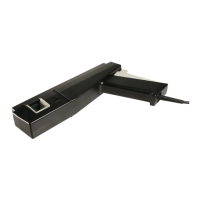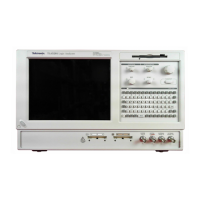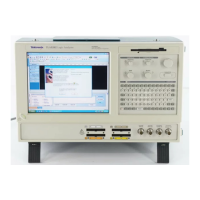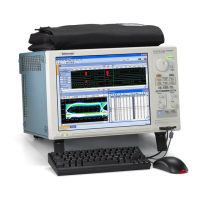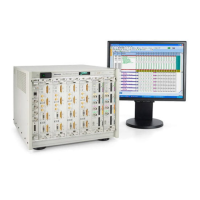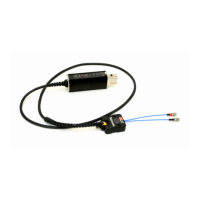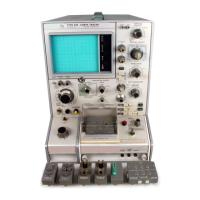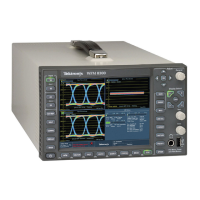Reference USB2.0 Specifications
NOTE. Testing at Tier 6 leads to a PASS. Testing at Tier 5 and 4 leads to a Conditional PASS that is a
Pass within the waiver limits. Testing at Tier 1 to 3 leads to a FAIL.
NOTE. The application uses the USB signal rate limits of Low Speed or Full Speed devices that are not
capable of High Speed. The same limits for Low Speed or Full Speed that are High Speed capable to
decide the re
sult - PASS or FAIL.
High Speed
USB Limits User C o nfigure Limits 80% to
120%
References
1
Measure-
ments
Max Min Max
range
Min range
USB
Pass/Fail
Signal Rate
480.24 Mbps 479.76 Mbps 480.264-
576.3168 Mbps
383.7888-
479.736 Mbps
YES Chapter 7,7.1.11
Rising E dge
Rate
1422 V/
μs
0
N/A N/A YES
From MATLAB scripts
Falling Edge
Rate
1422 V/
μs
0
N/A N/A YES
From MATLAB scripts
Monotonicity 0 0
N/A N/A N/A N/A
EOP Width
8.5 bit
times
7.5 bit
times
8.5-10.2
bit times
6-7.5 bit
times
YES Chapter 7, 7.1.13.2.2
xxx
1
The References Section refers to the chapter numbers in the ‘Universal Serial Bus Specifications Revision 2.0-2000’.
NOTE. Results within the USB limits lead to a PASS. Results within the waiver limits, but outside USB
limits lead to a Conditional PASS. Results within the user configured limits lead to PASS. If you select your
con
figured limits, you can view only the result details.
NOTE. Whenever a high speed device is used in the l ow speed and full speed mode, the USB limits of the
lo
w speed and full speed devices are used to decide PASS or FAIL.
NOTE. USB2.0 specifications have not specified the maximum rise time and fall time. If rise or fall times
a
re greater than 0.5 bits, then a wrong, (long) rise or fall time will be captured as an eye diagram failure.
TDSUSB2 Universal Serial Bus Measurements Package 153

